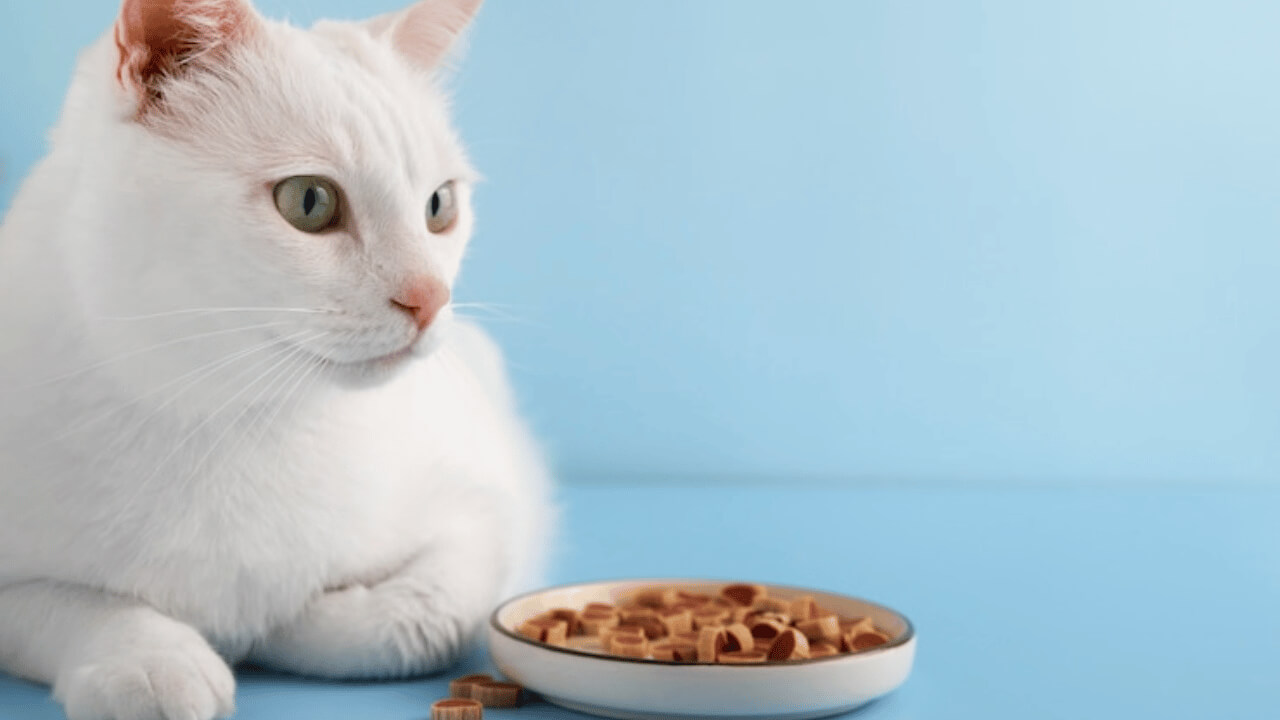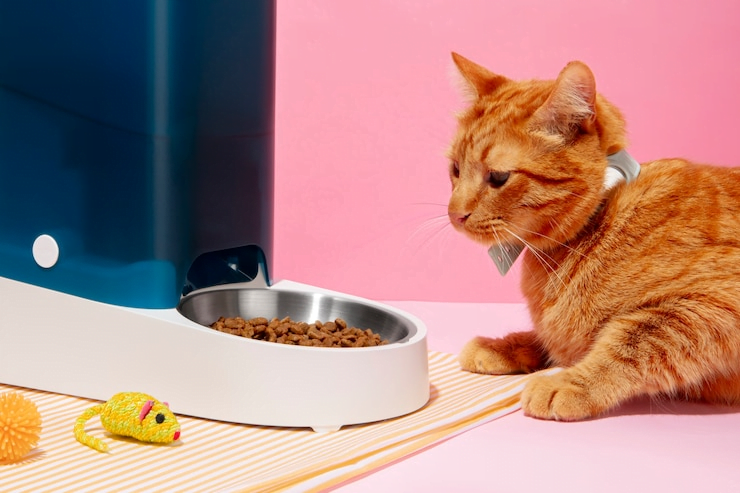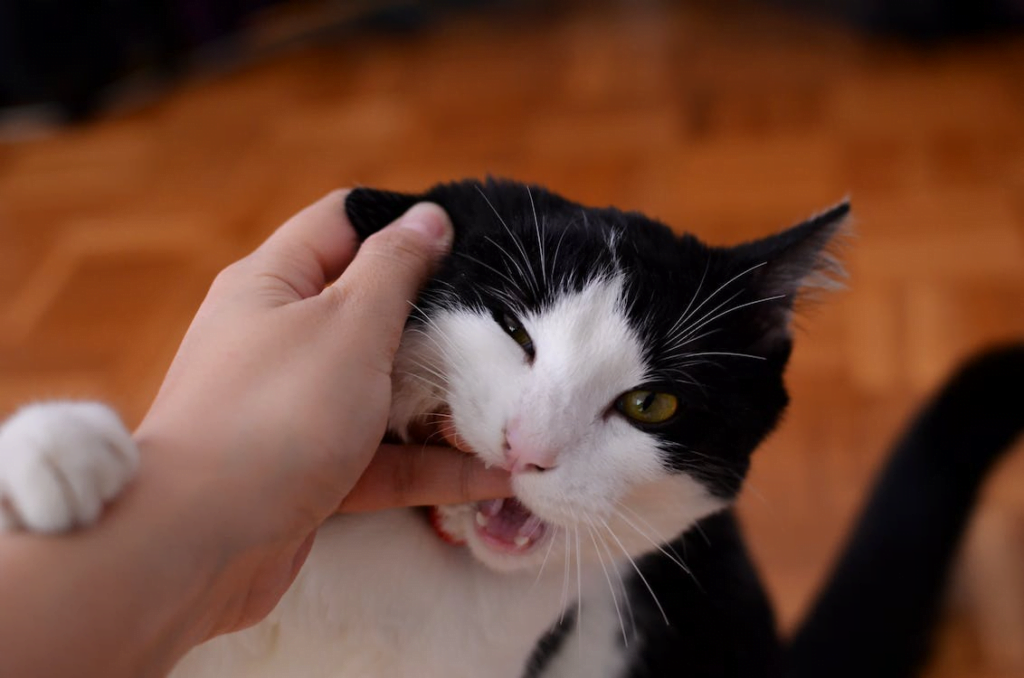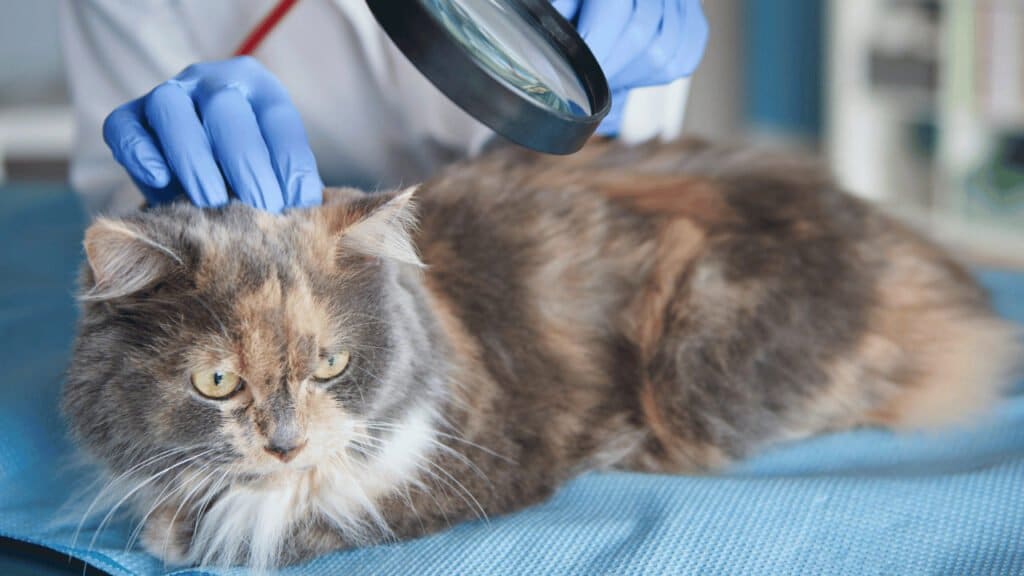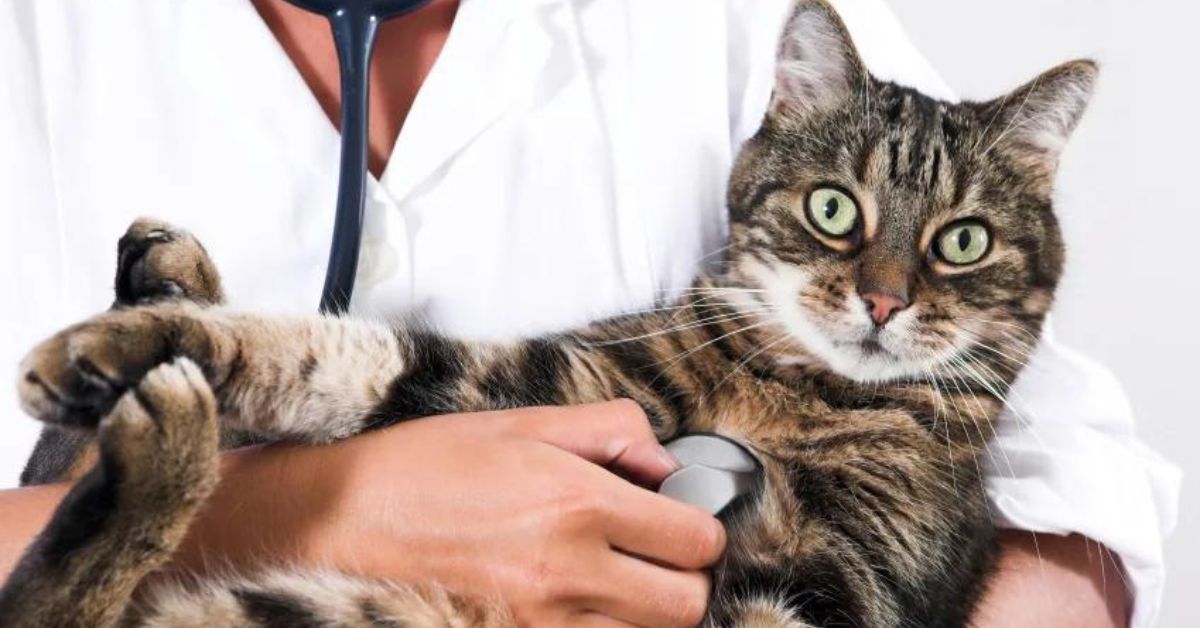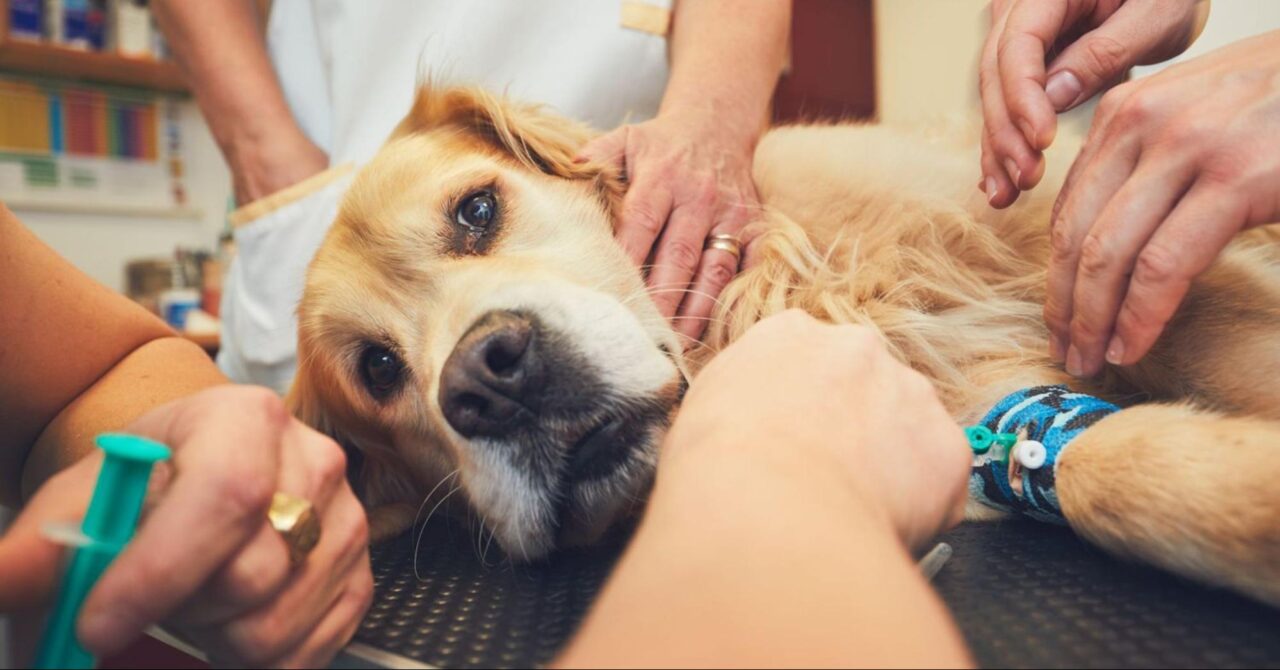Navigating the decision to euthanize a beloved pet is never easy, especially When to Put a Cat to Sleep With Hyperthyroidism. This endocrine disorder is common in older cats and can lead to a host of debilitating symptoms, including rapid weight loss, increased appetite, hyperactivity, and heart problems.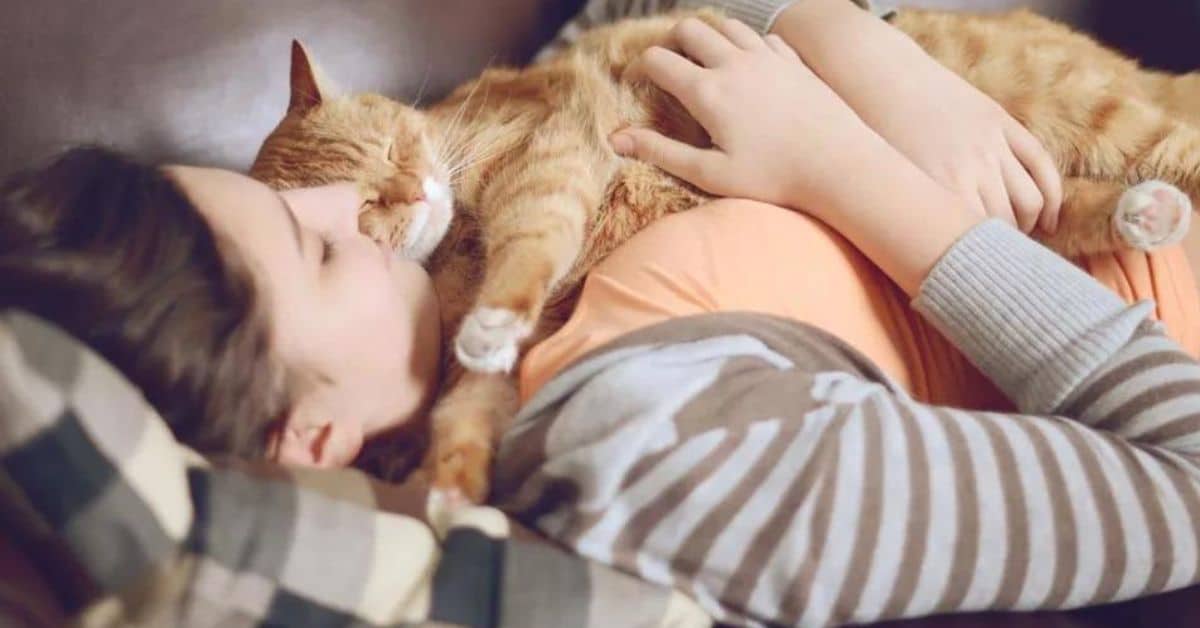
While treatments are available, they may not be feasible or practical for every feline, particularly in the advanced stages of the disease. Understanding when it might be humane to put a cat to sleep requires careful consideration of the animal’s quality of life, pain levels, and overall prognosis.
In this article, we will explore various factors that can help pet owners make an informed, compassionate decision regarding euthanasia for cats suffering from hyperthyroidism.
When to Put a Cat to Sleep With Hyperthyroidism?
Deciding when to put a cat to sleep with hyperthyroidism is an emotionally challenging decision that involves evaluating multiple factors like quality of life, response to treatment, and progression of symptoms. Hyperthyroidism in cats is characterized by an overproduction of thyroid hormones, often caused by abnormal thyroid tissue or thyroid nodules.
Despite available treatments such as anti-thyroid medication, radioactive iodine therapy (I-131 therapy), or special diets, some cats with hyperthyroidism may not respond effectively, leading to severe weight loss, heart disease, and kidney disease. Blood tests and physical examinations can help monitor thyroid hormone levels, blood pressure, and heart rate.
Still, late-stage hyperthyroidism can significantly diminish a feline’s life expectancy and quality of life. When symptoms like loss of appetite, facial itching, and an inability to maintain a healthy weight become overwhelming for the cat, euthanasia may be the most compassionate option to prevent further suffering.
What Is the Lifespan of a Cat With Hyperthyroidism?
Hyperthyroidism is a common condition in older cats, characterized by the overproduction of thyroid hormones. The lifespan of a cat diagnosed with hyperthyroidism can vary significantly based on several factors, including the severity of the condition and the effectiveness of treatment.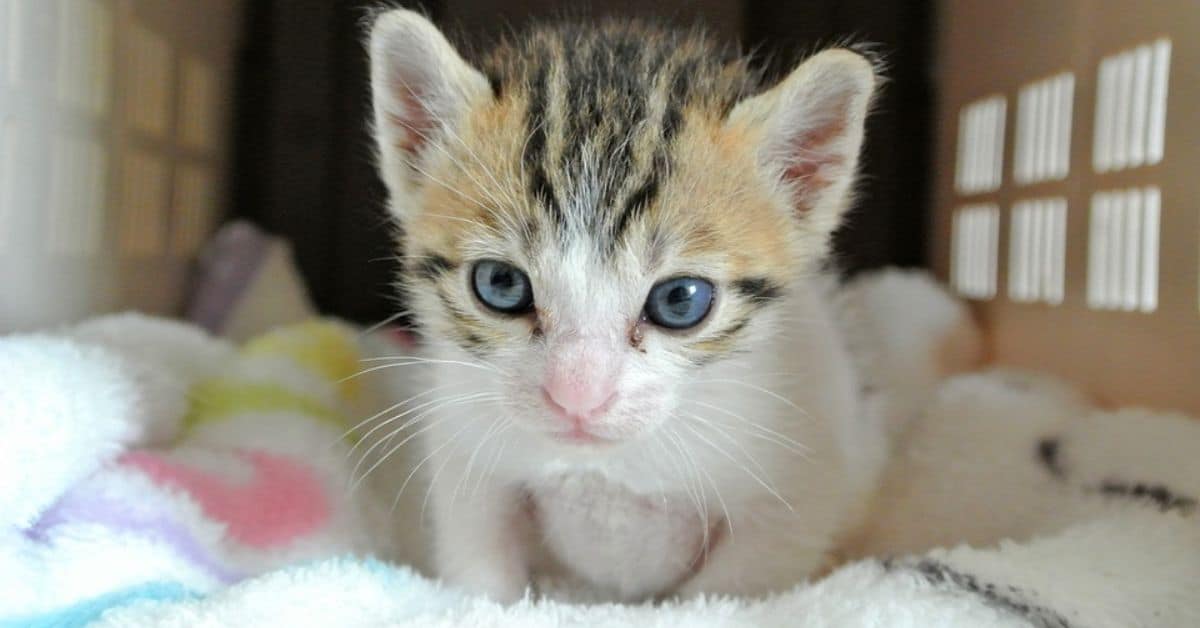
While some cats respond well to treatment and maintain a good quality of life for several years, others may experience complications that shorten their lifespan.
Untreated hyperthyroidism can lead to severe health issues such as heart disease and kidney failure. However, many cats live comfortably for years with proper management and regular veterinary care. Monitoring your cat’s thyroid hormone levels and overall health is essential to prolonging their lifespan and enhancing their well-being.
When to Put a Cat With Thyroid to Sleep?
Deciding to euthanize a cat with hyperthyroidism is never easy. It’s essential to consider your cat’s quality of life when making this decision. If your cat is experiencing severe symptoms that cannot be managed effectively, it may be time to discuss euthanasia with your veterinarian.
Key signs that it might be time to consider putting your cat to sleep include:
- Persistent weight loss despite treatment
- Severe, uncontrollable symptoms like vomiting, diarrhea, or rapid heart rate
- Signs of significant discomfort or pain
- Deterioration in your cat’s ability to enjoy daily activities
Consulting with your veterinarian will help you assess whether euthanasia is the most humane option for your cat.
Symptoms of Hyperthyroidism and When to Seek Veterinary Advice
Hyperthyroidism manifests through various symptoms that can affect your cat’s overall health. Recognizing these signs early and seeking veterinary advice is crucial for effective management.
Common symptoms include:
- Noticeable weight loss despite an increased appetite
- Increased thirst and urination
- Hyperactivity or restlessness
- Vomiting and diarrhea
- Rapid or irregular heart rate
If you observe any of these symptoms, schedule a veterinary visit promptly. Early diagnosis and treatment can significantly improve your cat’s prognosis.
Diagnosis The Role of Thyroid Scans and Blood Tests
Accurate diagnosis of hyperthyroidism involves a combination of physical examinations, thyroid scans, and blood tests. These diagnostic tools help determine the severity of the condition and guide appropriate treatment plans.
- Thyroid Scans: These imaging tests detect abnormal thyroid tissue and assess the thyroid gland’s functionality. They are essential for identifying overactive thyroid tissue that may require targeted treatment.
- Blood Tests: Routine blood tests measure thyroid hormone levels (T4 and T3) and help monitor the effectiveness of ongoing treatments. Elevated thyroid hormone levels typically indicate hyperthyroidism.
Early and accurate diagnosis is vital for initiating timely treatment and improving your cat’s quality of life.
Treatment Options Medication, Diet, and Radioactive Iodine Therapy
Several treatment options are available to manage hyperthyroidism in cats. Each option has its benefits and potential drawbacks, and the best choice depends on your cat’s specific needs and overall health.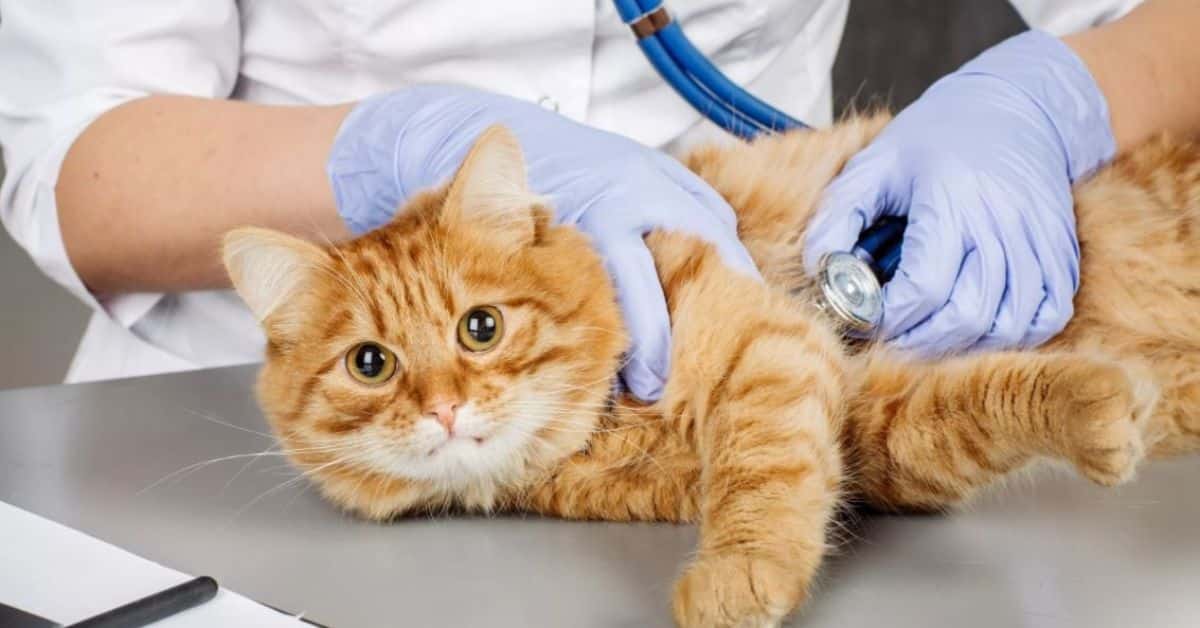
- Medication: Anti-thyroid medications like methimazole help control thyroid hormone production. While effective, they require lifelong administration and regular blood tests to monitor thyroid levels.
- Diet: Prescription diets formulated for hyperthyroid cats, such as Hill’s Diet y/d, restrict iodine intake, reducing thyroid hormone production. These diets can be an excellent option for cats unable to tolerate medication.
- Radioactive Iodine Therapy (I-131): This treatment involves administering a radioactive iodine injection that targets and destroys overactive thyroid tissue. It is highly effective and often results in a permanent cure but requires a brief isolation period post-treatment.
Consult with your veterinarian to determine the most appropriate treatment plan for your cat.
Considering the Quality of Life, When Is It Time to Put a Cat to Sleep?
Assessing your cat’s quality of life is crucial when managing hyperthyroidism. Monitor their behavior, appetite, and overall comfort to determine if they are living a fulfilling life.
Factors to consider include:
- Ability to eat and maintain weight
- Level of pain or discomfort
- Engagement in daily activities and social interactions
- Response to treatment and overall health
If your cat’s quality of life diminishes significantly despite treatment, it may be time to discuss euthanasia with your veterinarian. Prioritizing your cat’s well-being and comfort is essential in making this difficult decision.
Will My Cat Be Cured With Treatment?
While some treatments, like radioactive iodine therapy, can potentially cure hyperthyroidism, others only manage the condition. The goal of treatment is to control thyroid hormone levels and alleviate symptoms, improving your cat’s quality of life.
- Medication requires continuous administration and regular monitoring but can effectively manage symptoms.
- Diet can help reduce thyroid hormone production but may not suit all cats.
- Radioactive Iodine Therapy often results in a permanent cure, but its success depends on individual cases.
Discuss treatment outcomes with your veterinarian to set realistic expectations and ensure the best care for your cat.
How Can My Cat Be Checked for Feline Hyperthyroidism?
Regular veterinary check-ups are essential for the early detection and management of hyperthyroidism. If you suspect your cat may have hyperthyroidism, your veterinarian will perform diagnostic tests to confirm the diagnosis.
- Physical Examination: Your vet will check for signs of hyperthyroidism, such as an enlarged thyroid gland or weight loss.
- Blood Tests measure thyroid hormone levels and assess overall health.
- Thyroid Scans provide detailed images of the thyroid gland, identifying overactive thyroid tissue.
Early detection allows for prompt treatment and better management of the condition.
Can Hyperthyroidism in Cats Be Treated?
Yes, hyperthyroidism in cats can be treated effectively. Various treatment options are available, each tailored to the cat’s needs and health status.
- Medication helps control thyroid hormone production.
- The diet reduces iodine intake, lowering thyroid hormone levels.
- Radioactive Iodine Therapy targets and destroys overactive thyroid tissue, often resulting in a cure.
Work closely with your veterinarian to develop a treatment plan that best suits your cat’s condition and improves their quality of life.
Case Studies Real-life Examples of Cats With Hyperthyroidism
Understanding real-life cases can provide valuable insights into managing hyperthyroidism. Here are a few examples:
- Case 1: Max, a 12-year-old tabby, was diagnosed with hyperthyroidism. After starting on anti-thyroid medication, Max’s symptoms improved significantly, and he maintained a healthy weight with regular monitoring.
- Case 2: Bella, a 14-year-old Siamese, underwent radioactive iodine therapy. The treatment successfully cured her hyperthyroidism, and she returned to her playful self within weeks.
- Case 3: Oliver, a 10-year-old Maine Coon, struggled with medication side effects. Switching to a prescription diet helped stabilize his thyroid hormone levels and improved his overall well-being.
These cases highlight the importance of individualized treatment plans and regular veterinary care.
Conclusion
Managing hyperthyroidism in cats requires careful monitoring, timely diagnosis, and appropriate treatment. Understanding the condition, its symptoms, and available treatment options empowers you to make informed decisions about your cat’s care.
By prioritizing your cat’s quality of life and working closely with your veterinarian, you can ensure they receive the best possible care. If you’re facing difficult decisions regarding euthanasia, consult with your vet to assess your cat’s well-being and make the most compassionate choice.
Consider consulting with veterinary experts specializing in feline hyperthyroidism for further resources and personalized guidance. Your dedication to your cat’s health and happiness is commendable, and with the proper support, you can confidently navigate this challenging journey.
FAQ
How long can a senior cat live with hyperthyroidism?
It’s crucial to understand that hyperthyroidism does not indicate certain death! When given the proper care, most hyperthyroid cats perform well and can survive for an additional five years or longer. Nonetheless, some cats experience ongoing medical issues or develop brand-new ones over time.
What is end-stage hyperthyroidism in cats?
In the latter stages of hyperthyroidism, the cat may have weight loss, renal issues, and even loss of vision if the sickness worsens despite the veterinarian’s recommended treatment plan or if the condition is not detected in time.
Is my cat in pain with hyperthyroidism?
Should Untreated Feline Hyperthyroidism Be Permitted? Cat hyperthyroidism is frequently misdiagnosed as age-related changes in cats. Regretfully, this implies that many pet owners choose not to treat the illness. This may result in the cat experiencing agony and suffering, and it could even be lethal.

